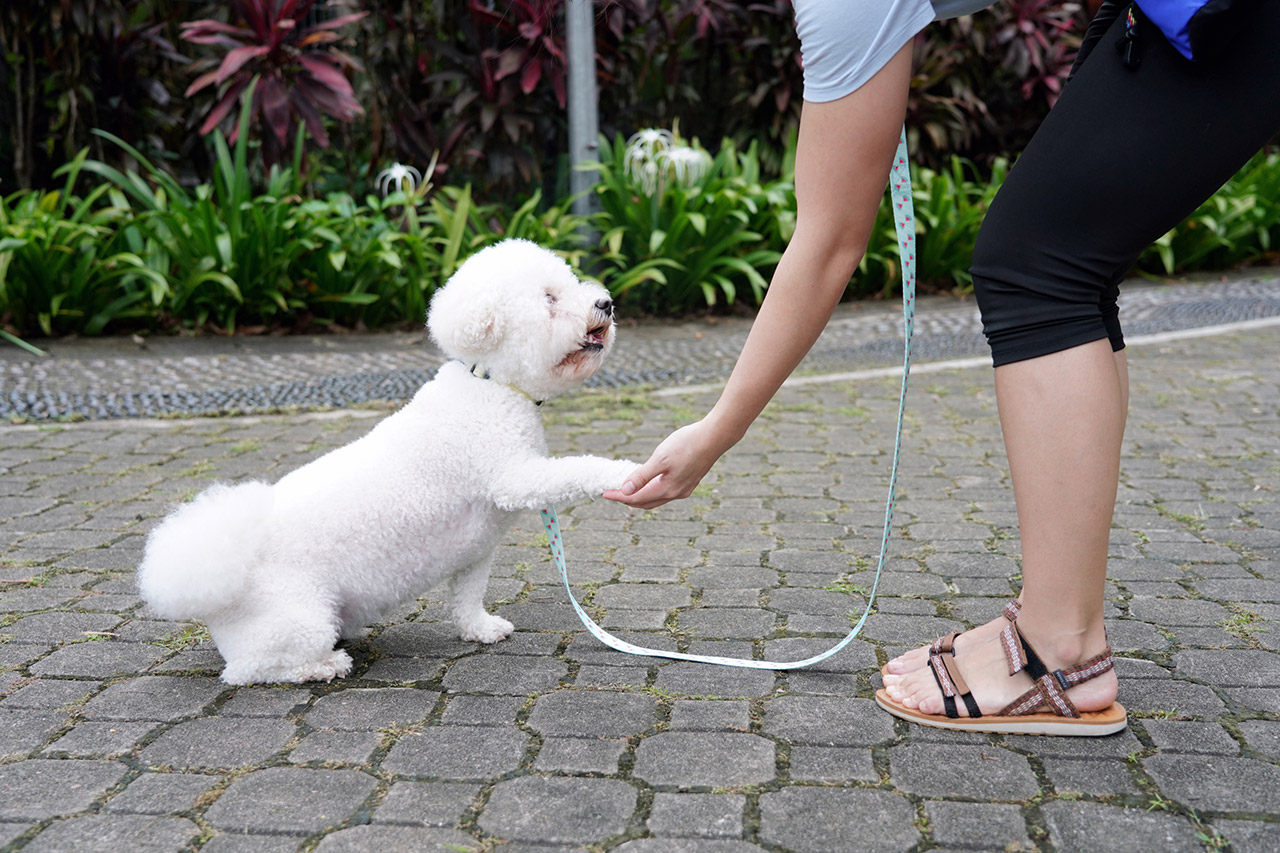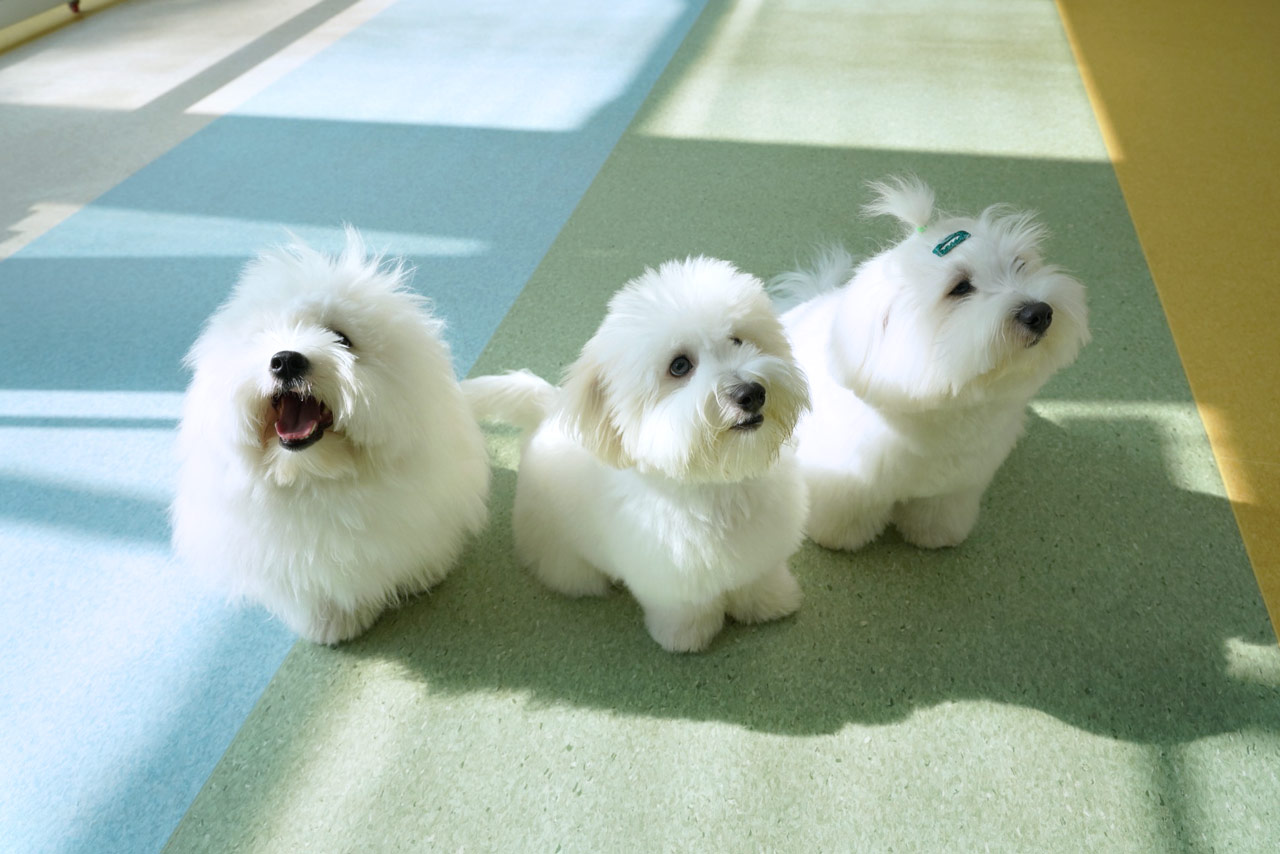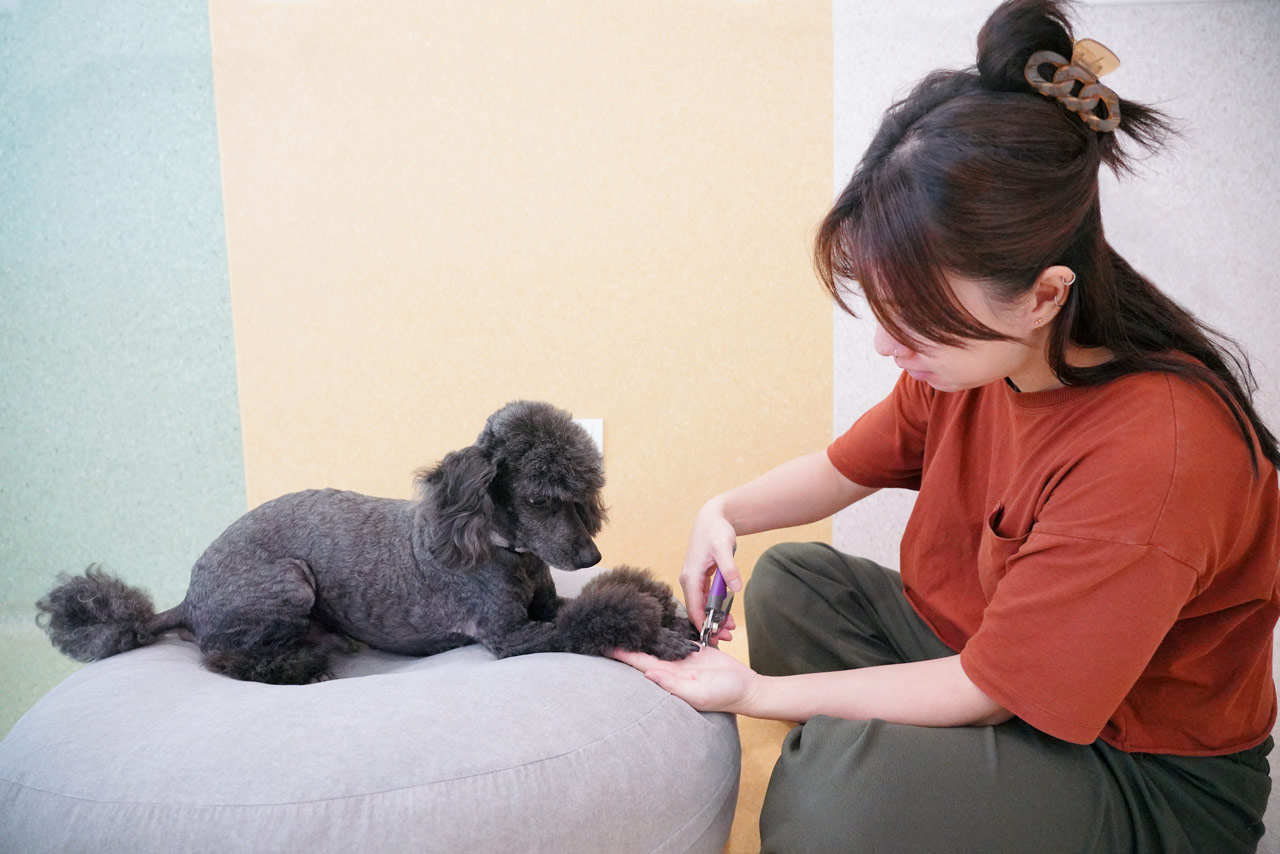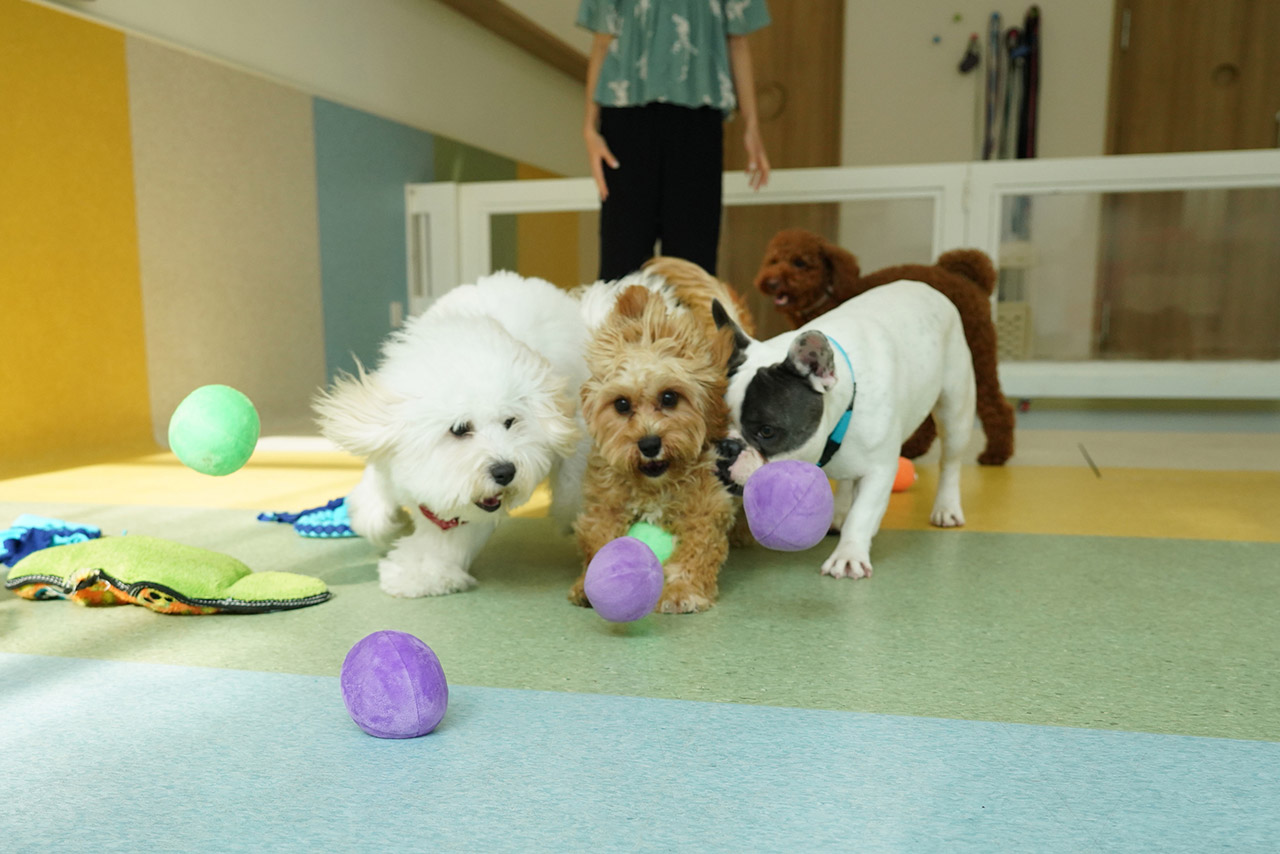Puppy Classes

The importance of puppy classes
Equip your pup with the necessary skills.
Dogs and humans are two distinct species, so there are definitely many uncommon differences, such as the way we communicate, or nutritional needs and more. Training classes help bridge that communication gap by teaching both owner and pup how to work with each other.
As with all young animals, their early months (or years) are the most impactful time of their lives as that’s when they make their first impressions and associations to the environment around them. In a dog’s life, this sensitive period (the time when they’re sufficiently neurodeveloped to able to respond to stimuli) falls between 8-16 weeks of age[3, 6].
Exposing your puppy to a variety of people, dogs, objects and experiences during this socialisation period is greatly beneficial, and can prevent several behavioural issues in the future, such as avoidance behaviour and aggression[1, 4, 5, 6, 7].
Furthermore, building your puppy’s wealth of experiences and knowledge will also allow them to be able to understand what other dogs are communicating and adjust their behaviour accordingly, based on past interactions, to maximise a positive encounter while minimising the risks of conflict and injury[2].
You will also be learning with your puppy, from teaching them through cues and them showing you how they communicate through visual signals[2]. As you spend more time with your pup, you will be able to pick up what they’re trying to tell you more easily, so you are more alert to any changes in their behaviour.
At Puppy Colours, our trainers teach you how to work with and train your dog, so you have the necessary skills to continue working and growing together! You can browse through our available private classes or group classes, and select the class that will meet your needs.
[1] Appleby, D. L., Bradshaw, J. W. S., & Casey R. A. (2002). Relationship between aggressive and avoidance behaviour by dogs and their experience in the first six months of life. Veterinary Record 150: 434. https://doi.org/10.1136/vr.150.14.434
[2] Bradshaw, J., & Rooney, N. (2017). In The Domestic Dog: its Evolution, Behaviour and Interactions with People. (2nd ed.). Ed J. Serpell. Cambridge, Cambridge University Press. pp. 134–153
[3] Hecht, J., & Horowitz, A. (2022). Introduction to dog behavior. Animal behavior for shelter veterinarians and staff, 5-29. https://doi.org/10.1002/9781119618515.ch1
[4] Kutsumi, A., Nagasawa, M., Ohta, M., & Ohtani, N. (2012). Importance of Puppy Training for Future Behaviour of the Dog. Journal of Veterinary Medical Science 75: 141-149. https://doi.org/10.1292/jvms.12-0008
[5] Overall, K.L. 2013. Manual of clinical behavioral medicine for dogs and cats. St Louis, Mosby Elsevier Inc.
[6] Scott, J. P. and Fuller, J. L. 1965. Genetics and the Social Behavior of the Dog. Chicago, University of Chicago Press.
[7] Serpell, J., Duffy, D. L., & Jagoe, J. A. (2017). In The Domestic Dog: its Evolution, Behaviour and Interactions with People. (2nd ed.). Ed J. Serpell. Cambridge, Cambridge University Press. pp. 79–102




